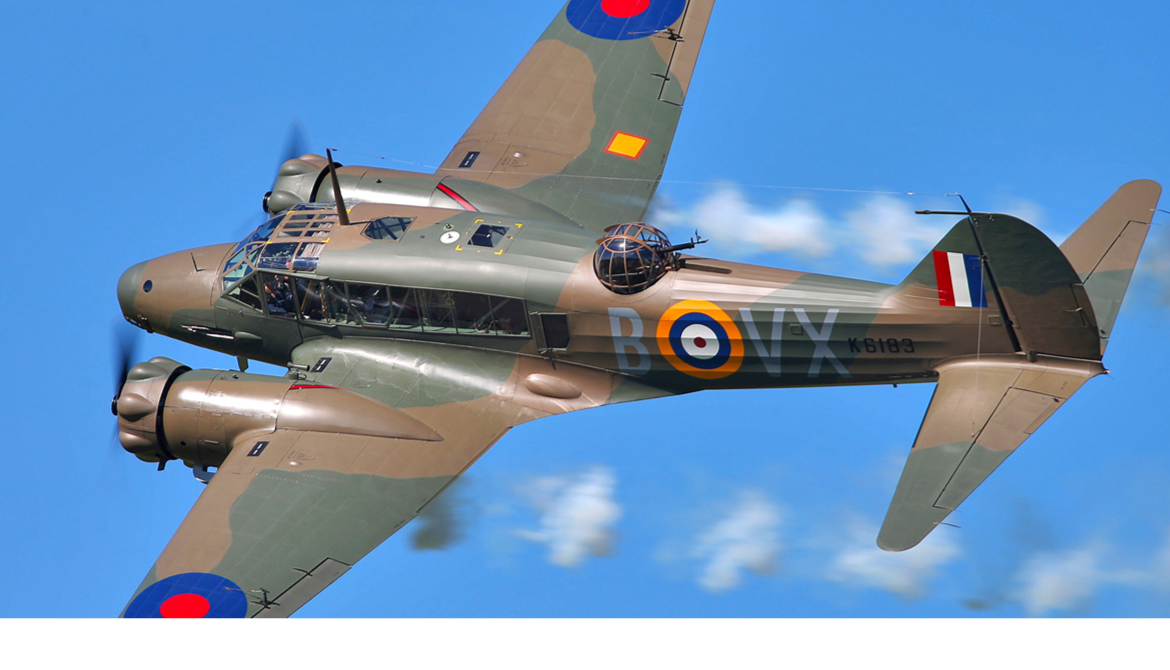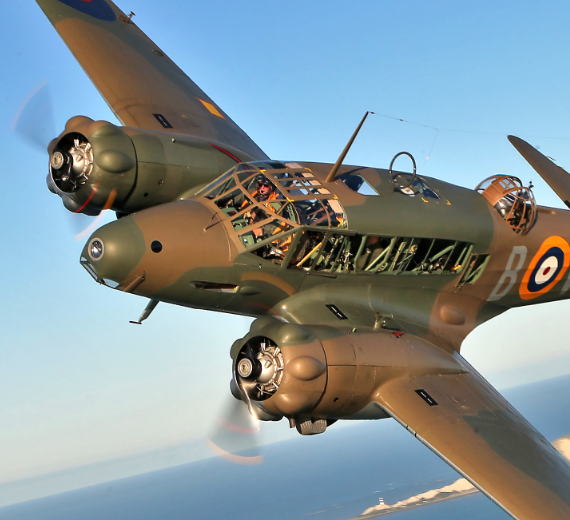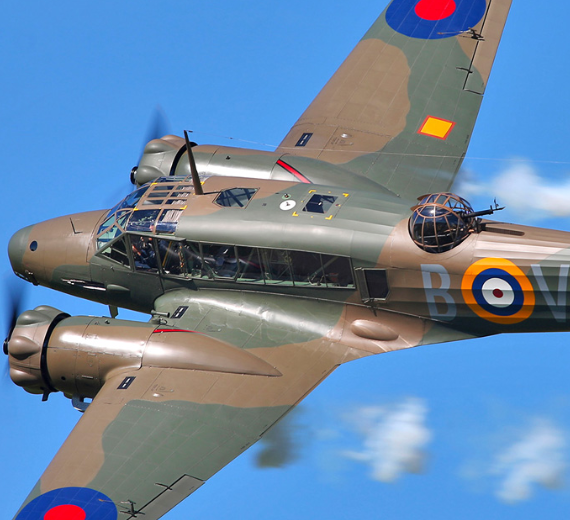Avro Canada
Avro 652A Anson
|
|||||||||||||||||||||||||
.
History Avro Canada Federal Aircraft Limited
Avro 652A Anson “Faithful Annie” or “Flying Greenhouse”
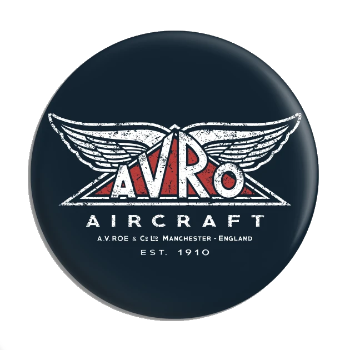
Initially known as the Avro 652A, the Anson was developed during the mid-1930s from the earlier Avro 652 airliner in response to a request for tenders issued by the British Air Ministry for a coastal maritime reconnaissance aircraft. Having suitably impressed the Ministry, a single prototype was ordered, which conducted its maiden flight on 24 March 1935. Following an evaluation in which the Type 652A bettered the competing de Havilland DH.89, it was selected as the winner, leading to Air Ministry Specification 18/35 being written around the type and an initial order for 174 aircraft being ordered in July 1935. The Type 652A was promptly named after British Admiral George Anson.
The Avro Anson is a British twin-engine, multi-role aircraft built by the aircraft manufacturer Avro. Large numbers of the type served in a variety of roles for the Royal Air Force (RAF), Fleet Air Arm (FAA), Royal Canadian Air Force (RCAF), Royal Australian Air Force and numerous other air forces before, during, and after the Second World War.
Design
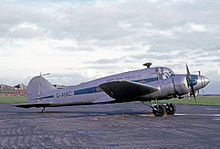
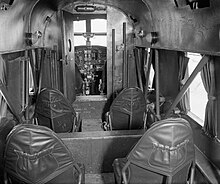
0
KmCeiling
0
KmCombat RANGE
0
Km/hAircraft Speed
0
Max Crew
Photo Gallery
Avro Canada Federal Aircraft Limited
Avro 652A Anson
“Faithful Annie” or “Flying Greenhouse”


Avro Canada Avro Anson
“Faithful Annie” or “Flying Greenhouse”
General Info
-
-
-
- Crew: 3–4
- Length: 42 ft 3 in (12.88 m)
- Wingspan: 56 ft 6 in (17.22 m)
- Height: 13 ft 1 in (3.99 m)
- Wing area: 463 sq ft (43.0 m2)
-
-
Powerplant
-
-
- Empty weight: (2,438 kg)
- Max takeoff weight: (3,629 kg)
- Powerplant: 2 × Armstrong Siddeley Cheetah IX 7-cylinder air-cooled radial piston engines, 335 hp (250 kW) each
- Propellers: 2-bladed fixed-pitch propellers
-
Performance
-
- Maximum speed: (303 km/h, (2,100 m)
- Cruise speed: 158 mph (254 km/h
- Range: 660 mi (1,060 km, 570 nmi)
- Service ceiling: 19,000 ft (5,800 m)
Related development
-
-
- Guns:
-
- 1 × .303 in (7.7 mm) machine gun in front fuselage
- 1 × .303 in (7.7 mm) Vickers K machine gun in dorsal turret
- Bombs:
-
- 360 lb (160 kg) of bombs
-
.
Links to Youtube & Others
During the late 1950s, an advanced supersonic interceptor, CF-105 Arrow along with the sophisticated Orenda Iroquois engine, was under development by Avro Canada as an intended successor to the CF-100. However, during 1959, work on the CF-105 was terminated following a controversial decision by the Canadian government.
“Faithful Annie” or “Flying Greenhouse”
Belgium Belgian Air Force (53 Mk 5s from 1957 to 1964) 11 Squadron 349 Squadron 350 Squadron
Youtube Link
Immediately following the end of hostilities, the Lancaster was used without any major modifications as a transport aircraft, being used to ferry thousands of prisoners of war (POWs) back to the British Isles from across the continent.



